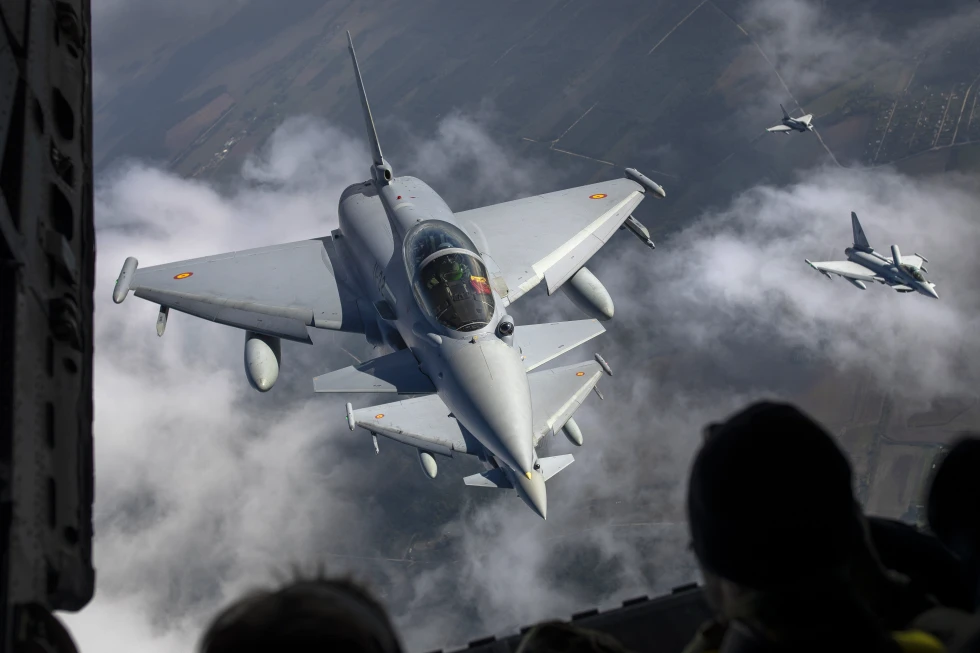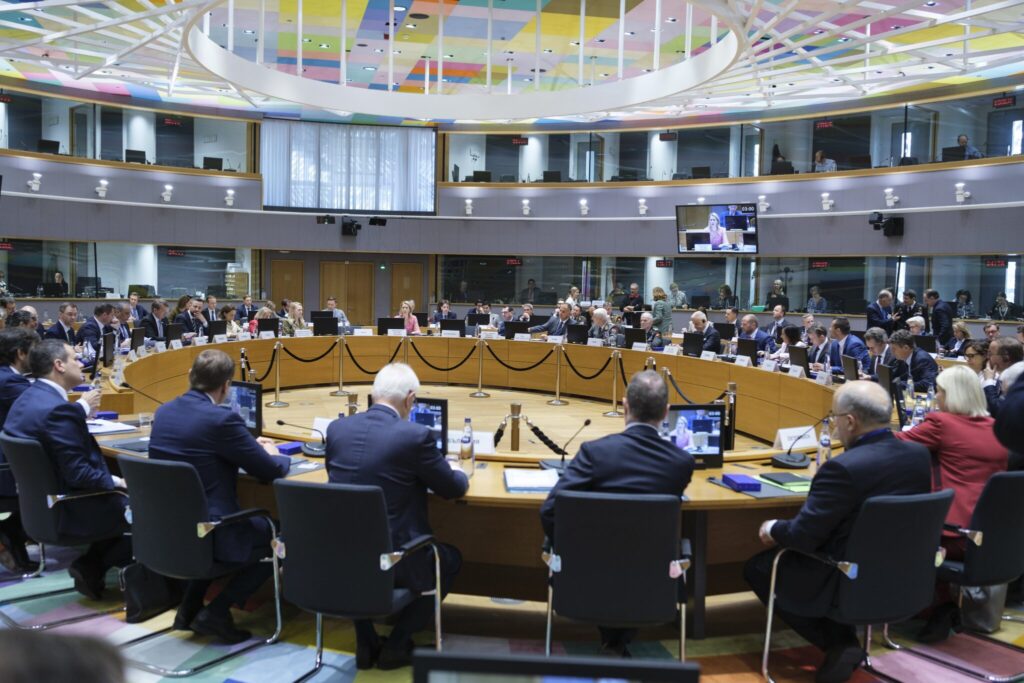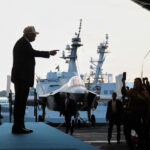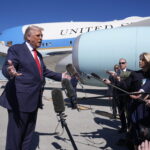18 EU Nations Launch SAFE Military Fund Independence Without US/ Newslooks/ WASHINGTON/ J. Mansour/ Morning Edition/ Eighteen European nations have applied for funding from the EU’s €150 billion SAFE defense initiative. The program aims to bolster Europe’s ability to defend itself amid waning U.S. support. Poland leads the applicants, requesting nearly a third of the total.

SAFE Fund Defense Push Quick Looks
- EU strategic shift: SAFE fund designed to reduce reliance on U.S. security umbrella.
- Massive interest: €127 billion in funding requests already submitted.
- Poland leads: Seeking €45 billion, over a third of total requests.
- Key equipment: Loans cover missiles, drones, artillery, and refueling systems.
- Eligibility extended: UK and Ukraine may also apply through special agreements.
- Economic leeway: 15 EU nations using debt-rule waiver to increase defense spending.
- European-made focus: Fund encourages buying from EU suppliers to boost industry.
- Russia threat looms: EU leaders warn of possible Putin aggression beyond Ukraine.
Deep Look
Europe Pushes for Security Autonomy as 18 Nations Apply for €150 Billion SAFE Fund
As the United States under President Donald Trump scales back its defense commitments to Europe, the European Union is mobilizing billions in defense funding to strengthen its own military capabilities. The newly established Security Action for Europe (SAFE) fund — a €150 billion ($173 billion) initiative — has already attracted 18 member states requesting more than €127 billion.
The SAFE fund is designed to provide low-interest loans to EU countries, as well as security-aligned partners like Ukraine and the United Kingdom, for joint purchases of essential military equipment. These include missile defense systems, drones, ammunition, artillery, and “strategic enablers” such as aerial refueling capabilities — assets long reliant on U.S. support.
The European Commission confirmed that applications have come from a broad cross-section of the bloc, including Belgium, France, Italy, Spain, Finland, the Baltics, and much of Eastern Europe. However, Poland stands out, submitting projects totaling approximately €45 billion — more than one-third of the total current demand.
Polish Defense Minister Władysław Kosiniak-Kamysz emphasized that Warsaw’s extensive request reflects Poland’s growing military needs and the country’s frontline role in NATO’s eastern defenses. Final allocations, however, will depend on decisions by the European Commission.
The SAFE fund is both a strategic and economic initiative, encouraging participating countries to prioritize European defense manufacturers, thus boosting internal production and reducing procurement delays. The Commission has indicated it may help lower prices and fast-track supply chain bottlenecks through pooled purchases and joint contracts.
This initiative marks a historic pivot in EU defense policy, coming alongside broader fiscal reforms. In early July, 15 EU nations were granted special debt rule waivers, allowing them to increase defense spending without breaching EU budget constraints.
The renewed push for self-reliance comes amid ongoing fears that Russia’s war in Ukraine could spill into EU territory. European leaders increasingly worry that if Russian President Vladimir Putin succeeds in Ukraine, NATO members — particularly those near the border — could be next.
According to EU officials, the SAFE fund and budget rule flexibility are meant to position Europe to fully defend itself by 2030. Yet even within the bloc, that goal is seen as ambitious, given decades of defense dependence on the U.S. and logistical hurdles in unifying 27 national militaries.
In addition to the SAFE program, the EU is also discussing long-term coordination frameworks and joint command infrastructure to ensure that military spending translates into real operational capacity.
Brussels has also clarified that while the fund is not a step away from NATO, it is designed to complement NATO readiness by ensuring that Europe can act independently if needed — a key priority in an era of shifting transatlantic alliances.







